- About us
- Support the Gallery
- Venue hire
- Publications
- Research library
- Organisation chart
- Employment
- Contact us
- Make a booking
- Onsite programs
- Online programs
- School visit information
- Learning resources
- Little Darlings
- Professional learning
Germaine Greer (b. 1939), writer, critic and academic, is the author of the influential feminist book, The Female Eunuch (1970), which examines the ways in which passivity in women has been encouraged. The book was a sensation; it has never been out of print since it was first published, has been translated into twelve languages and has sold over one million copies. Born in Melbourne, Greer has not lived in Australia since the 1960s, but remains one of the country's best-known expatriates. For nearly forty years she has been an international academic and media personality and a truculent spokesperson on women's issues; thousands of fans and foes await her next provocative pronouncement. Greer has a PhD from Cambridge University and her diverse books include The Obstacle Race (1979), about women painters; Sex and Destiny (1984), about the politics of fertility; The Change (1991), about menopause; and The Beautiful Boy (2003), about the representation of boys in art. The Germaine Greer Archive at the University of Melbourne contains Greer's great collection of papers, documenting her work from 1959 to 2010 and including a rich trove of letters.
Jacqueline Mitelman's portrait of Greer reveals the photographer's trademark painterly effects, use of natural light and shadow, and close focus.
Purchased 1999
© Jacqueline Mitelman
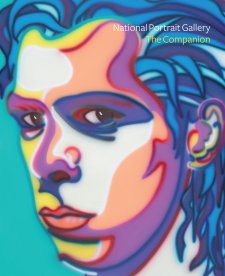
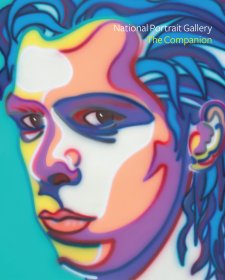
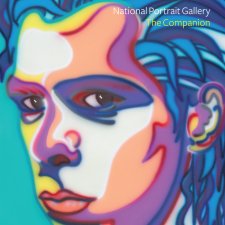
On one level The Companion talks about the most famous and frontline Australians, but on another it tells us about ourselves.

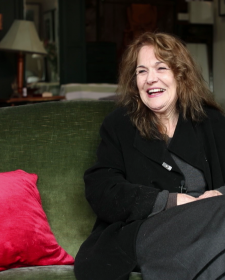

Australian photographer, Jacqueline Mitelman, discusses her process for creating portraiture.
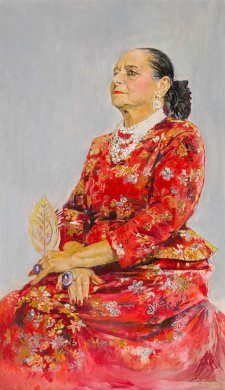
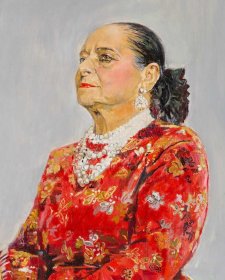
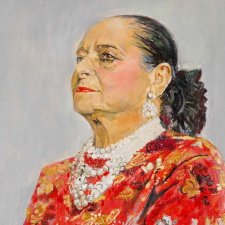
Well behaved women seldom make history, as the saying goes, and the National Portrait Gallery, consequently, is full of awesome Australian women who refused to conform to narrow ideas about their place and their worth.